
Developer: inXile Entertainment
Publisher: Techland Publishing
Platform: PC, Mac, PS4, Xbox One, Linux
Tested on: PC
Torment: Tides of Numenera – Review
Torment: Tides of Numenera is the much-anticipated spiritual successor of Planescape: Torment. Much like Planescape: Torment, this game is dialogue heavy, but Torment: Tides of Numenera features a turn-based combat system. Torment: Tides of Numenera was funded using a kickstarter campaign which started on March 2013, and was fully funded in just a matter of hours. The game is the highest funded game on kickstarter as of yet, with over 4 million US dollar pledged. Since the release date has been pushed from originally December 2014 to February 28 2017, we can safely assume this game is a highly anticipated title for those who pledged, as well as those who were still waiting on the sidelines. Torment: Tides of Numenera is is developed by inXile Entertainment and published by Techland Publishing.
Story
Torment: Tides of Numenera starts with your character falling from the sky, and somehow surviving the fall. You learn that you are a ‘Castoff’: your body was previously inhabited by a god, but now the god left to reside in a new body. However, your body did not die when the god abandoned it, and for some reason you are now left with a soul of your own. You quickly learn that the god who occupied your body is called the Changing God, but to what end he changes bodies and leaves castoffs, is a mystery you will investigate during the game. You sometimes get distant memories from the god, but next to that you are your own person, but you don’t know anything yet about the world and yourself.
The lore in Torment is massive, so expect to read a huge amount of dialogue in order to understand the world and what’s going on. The world is called the Ninth World, presumably because eight great civilizations have preceded it. The setting is based on the table-top RPG Numenera by Monte Cook. The world your character wakes up in has loads of artifacts not only from earlier great civilizations, but also from alien planets and other dimensions. These artifacts, called ‘Numenera’, shape the world: they are used in a variety of ways, and not necessarily as originally intended. They will play an important role in the story.
Your character learns she is being hunted by a creature named ‘the Sorrow’, and is being told upon arrival in the world that she should activate an artefact called a resonance chamber to make her able to defeat the sorrow. In order to activate this artefact she needs to learn about it and ultimately try to repair it with the help of someone knowledgeable of this mysterious object. In order to do that, she needs to pursue information and many characters, regain memories and meet other castoffs. Only then you’ll learn who you are, what you were before, and what your place in the world will be.
The story of your character, the Changing God and the Ninth World is pretty complex, and told in bits and pieces during conversations with NPC’s. Besides that, the other NPC’s you meet during the game also have interesting back stories and motivations, and a personal view on many issues. It’s fun to see the many details of the lore unfold through the many side quests you can pick up by talking to every NPC you meet, and interacting with the objects around you. Be prepared to read a lot of dialogue text, just like in Planescape: Torment. This title has a really interesting and deep lore, perfect for players who love a good story-line with a lot of interconnected details.
Graphics
The graphics are simple because of the isometric view, but beautifully executed: detailed and full of color. The backgrounds look painted, and give a great atmosphere to the game that draws a player into the rich, mysterious setting. During the game you’ll encounter many different types of environments, each with an unique look and feel. Animated objects within the area blend in well into the background. As a player you have a rather distant isometric view, but you can zoom in a lot to enjoy the details. The loading screens are beautiful renders of the area from your character’s point of view, further adding to the impression of the environment. The characters models are detailed and well animated. The models of your party members match their personality and description, and there are a lot of different NPC models, fitting for each of the settings the game will throw at you.
The interface is pretty intuitive, clean and simple, with an overview of your party and just a few buttons onscreen. The dialogue box has a scroll bar, and you can use it to read the conversation back, in case you missed something. During combat you’ll see the turn order on screen, and the inventory and skills buttons are expanded to show what you can use in battle. The screens showing inventory, party characters’ skills and abilities and the quest journal are also well designed and clear.
Sounds
Torment: Tides of Numenera has some voice acting, but just a few lines every now and then. Some dialogue is narrated. Your character an her team will say a line if you command them, or when they level up or kill an enemy. Each area has very good but subtle looping background music or ambient sounds which fits the atmosphere of the location. The soundtrack is composed by Mark Morgan, famous for his music for Fallout 1 & 2, Planescape: Torment and Wasteland 2.
Gameplay
Torment: Tides of Numenera is a RPG with rich lore, featuring turn-based combat. Depending on how you play the game, you might not encounter combat very often, or fight your way out of any argument.
Starting the game you play through a number of memories, and your actions determine the class of your character. However, after this you will still be able to change your class, if you wish to do so. There are three classes: Glaive (warrior), Nano (wizard), and Jack (rogue). The classes have descriptors like ‘Graceful Jack’, which change the approach of the class by modifying base stats and skills. The descriptor is also decided by your choices, but you can choose another. Lastly you can modify your class by spending points on your base stats (might, speed and intellect), and choosing skills and abilities. The alignment of the character changes continuously during gameplay, based on your choices. There’s no good or evil alignment, but types: pursuer of wisdom, justice, passion, fame, or selflessness. Alignment is called ‘Tide’ and represented by a color. You can be attuned to two colors at once. Some NPCs react differently based on the Tide you are attuned to.
You’ll spend most of your time engaged in conversation with the numerous NPCs on the map, each offering tons of dialogue options. By exploring, talking and asking questions you’ll discover a lot of quests, and all quests can be completed in many different ways. During conversations you’ll encounter ‘skill checks’, moments where you use your skills and stats to persuade or lie, for instance. These are basically dice rolls against a certain difficulty, but you can gain ‘edge’ (by leveling up and spending XP on it) and spend ‘effort’ in order to enhance your chances. Using a lot of effort will drain the pool of whatever stat you need for that skill to succeed, for instance intelligence. So, after a few times of using deception of persuasion on NPCs, your chances of succeeding will diminish because you emptied your intelligence pool, and you should sleep or use an item to replenish it. However, failing on a task can yield interesting results, too.
The combat in Torment: Tides of Numenera is turn-based. The ‘effort’ system is present in combat as well: for each attack you can use ‘effort’ in order to improve the hit chance and the amount of damage, but draining your stat pool. Combat in this game is really flexible: during combat it’s still possible to interact with objects and persons, which could possibly turn the tide of the battle. It’s also possible to defeat only the leader of an attacking group, and the rest might flee.
The story of your character gets recorded in the journal, which keeps track of all main quests and side quests, and allows you to read through the completed quests and current quests, and records which choices you’ve made and information you have gained during quests. Since you usually end up doing many quests at the same time, it’s pretty handy to read the journal every now and then to see what information you have gathered on a specific quest. Also, if you accept a quest but spend a lot of time doing other things, the circumstances around a quest can change, which can have unforeseen consequences, for instance: NPCs will arrive somewhere before you do and take action.
You’ll get most XP by completing quests, and completing quests in the most optimal ways will often grant you items. Mostly you’ll get ‘oddities’, ‘cyphers’ or ‘artifacts’, mystical items you can use or carry. Getting too many powerful items will make your character sick, so it is wise to use the items and distribute them among your companions.
During the game you’ll meet several characters who offer to join you on your journey. You can take three other characters with you on your quests, which you can then use during combat and often for skill checks during conversations. However, during the game you’ll encounter many more potential companions, each with a rich backstory and motivations, who can help you in their own unique ways.
If you happen to die, you’ll end up in The Labyrinth; your personal mindscape. This is a place where you can collect and manifest memories of characters, and it pays to explore and visit the Labyrinth every now and then. From here you can resurrect at no costs by returning to the world again.
Conclusion
Torment: Tides of Numenera is a classic RPG with a great look and feel, and rich, extensive lore. Anyone who loves a detailed world and deep characters will love this game, but people preferring a lot of action and short dialogues might want to steer away from this title. Torment: Tides of Numenera is a great spiritual successor to Planescape: Torment, and Kickstarter backers can be happy about the results.
Torment: Tides of Numenera - Review,
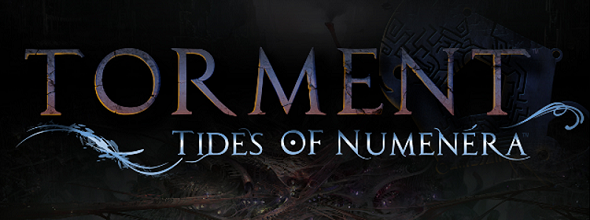
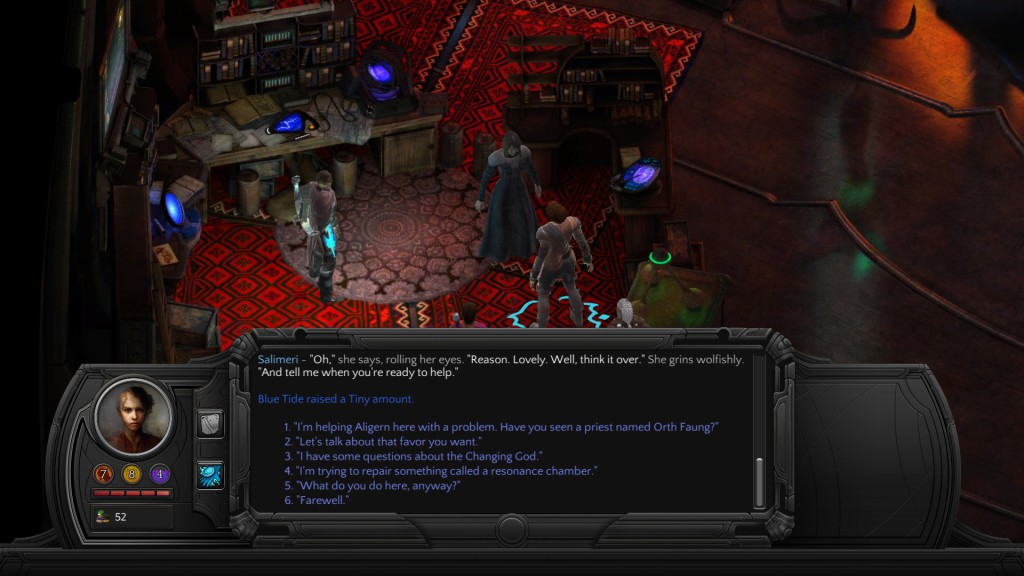
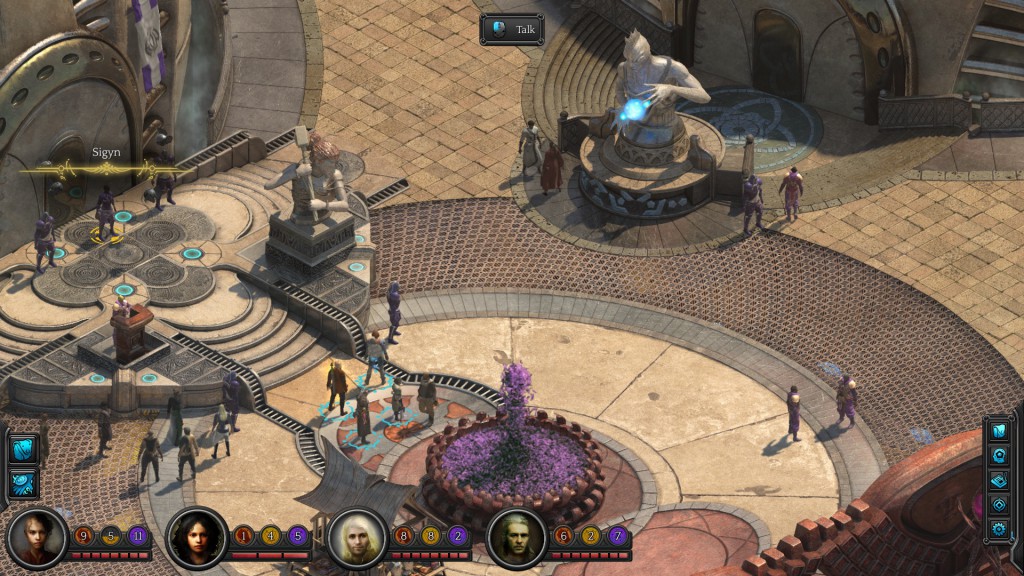
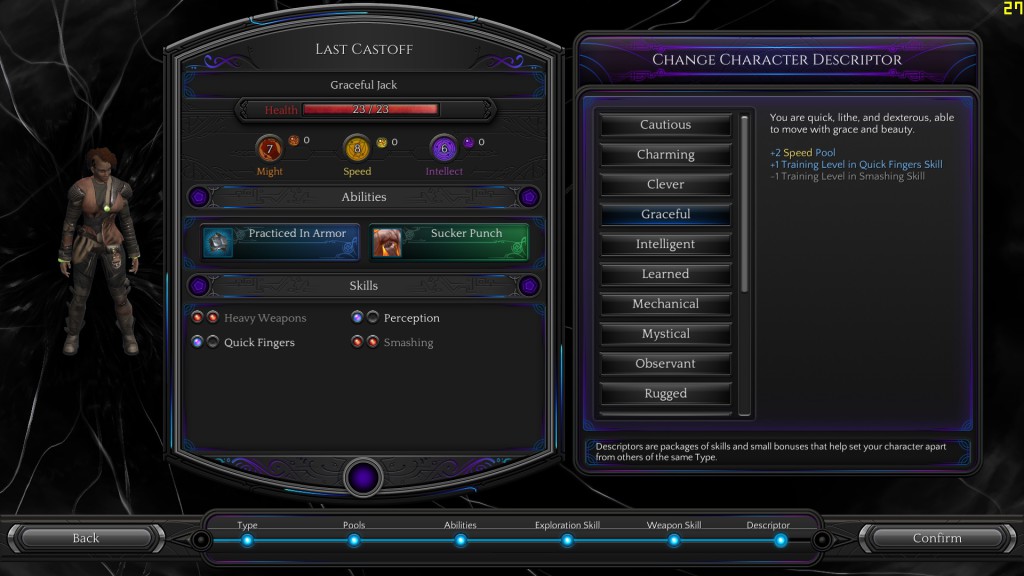
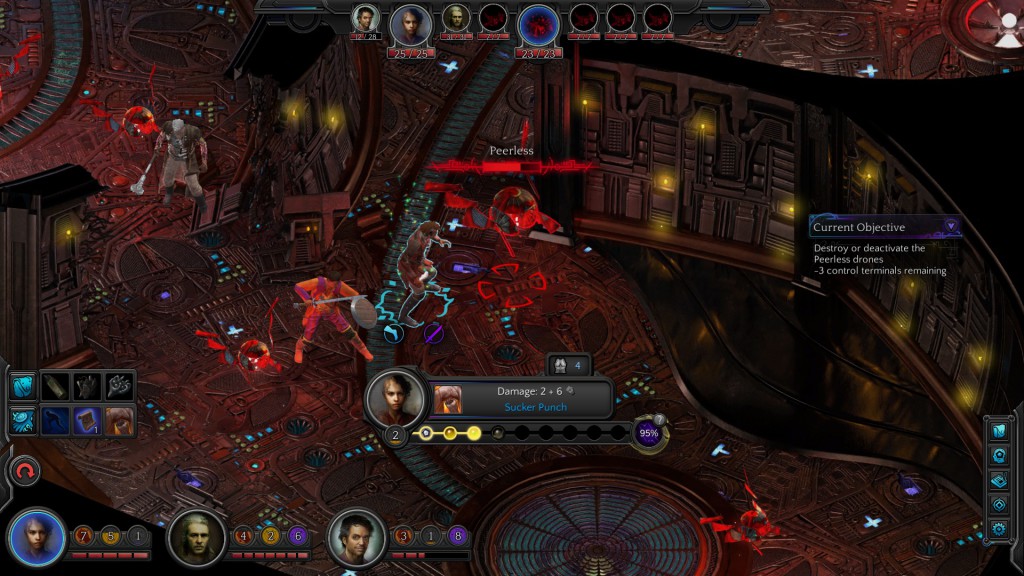
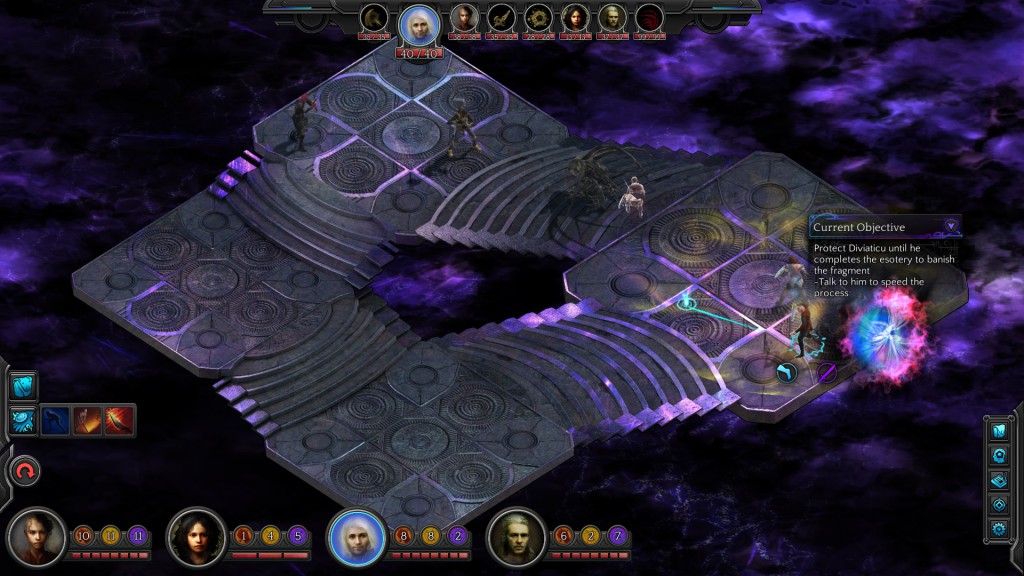


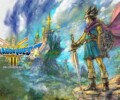
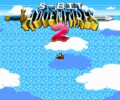
No Comments